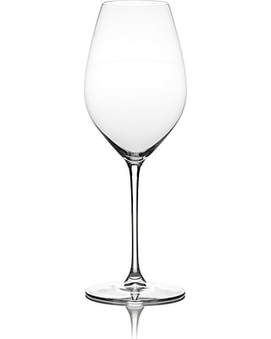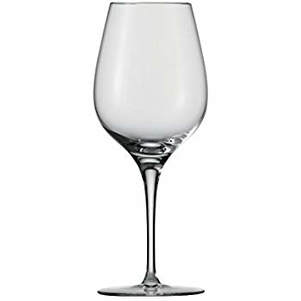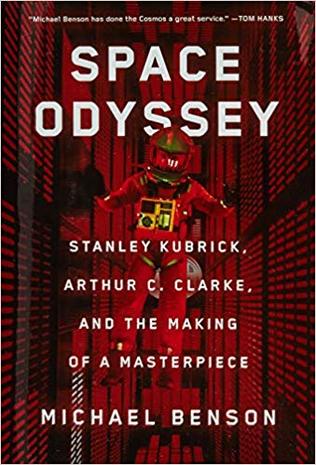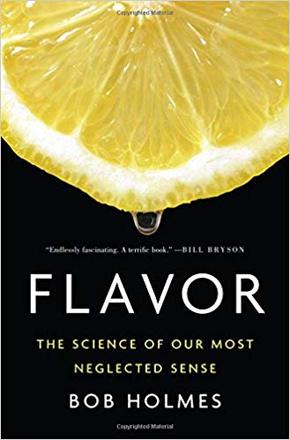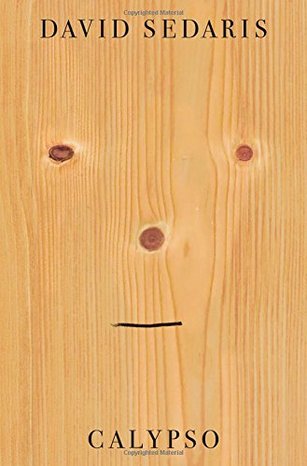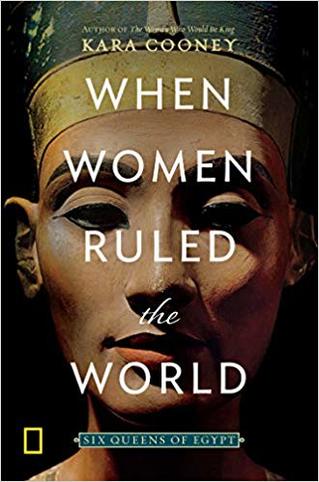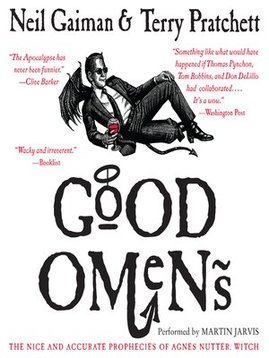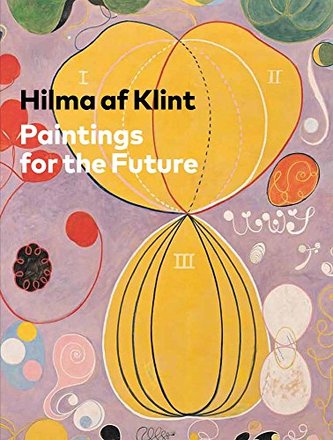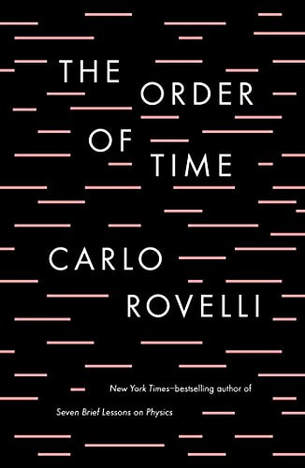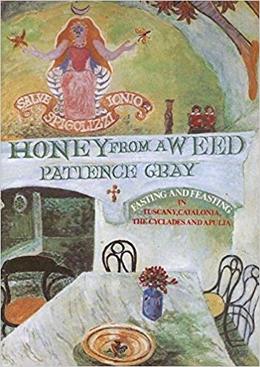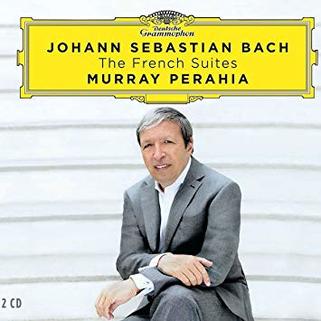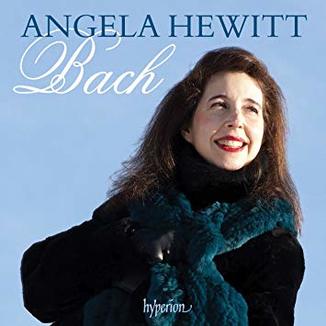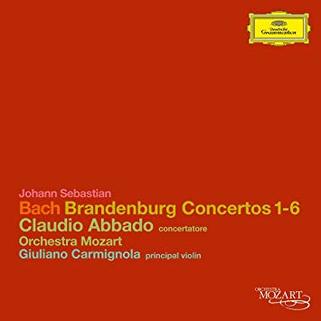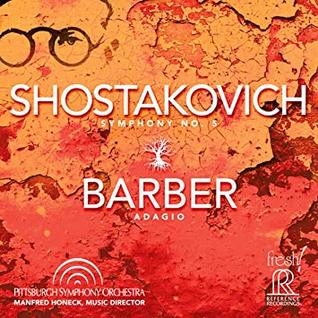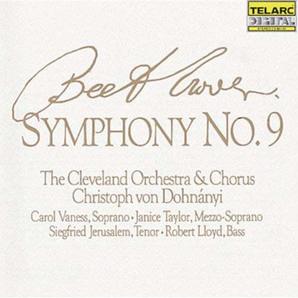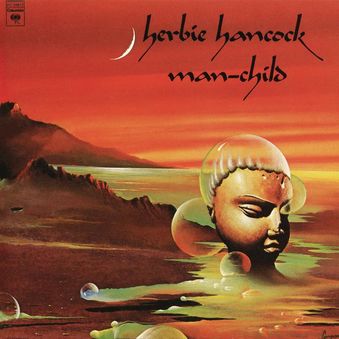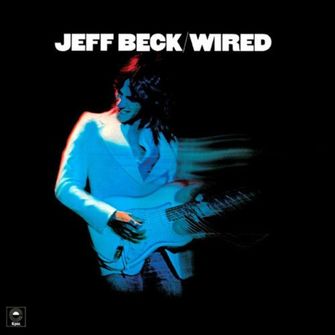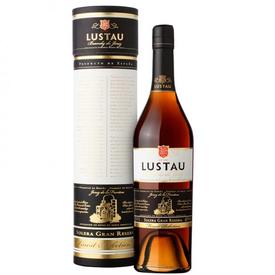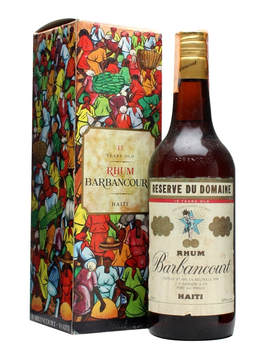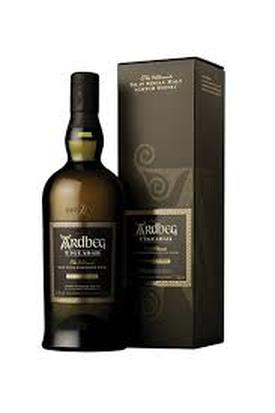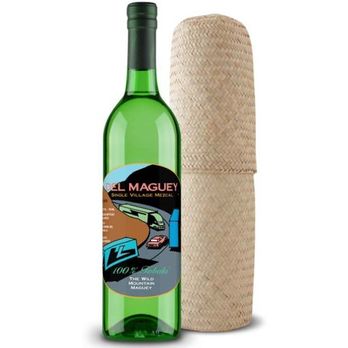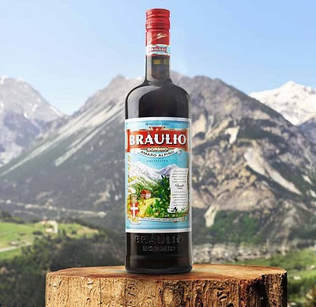n
Glassware
There’s been a debate of sorts over the last few years in the sommelier community on whether or not to abandon the traditional Champagne flute for a white wine glass. To point, I remember a dinner at a well-known bistro in Washington D.C. where the sommelier poured non-vintage Gaston Chicquet Cuvée Tradition Brut out of magnum for me in a Riedel Vinum Bordeaux glass. I raised an eyebrow until he generously poured at least eight ounces of the delicious Champagne. Was using a Bordeaux glass taking the argument a bit too far? Perhaps. Regardless, Riedel’s Veritas Champagne glass is a perfect détente for the Champagne flute debate with its elegant profile, exaggerated bowl, and slightly wider opening. It’s also an excellent glass for lighter white wines.
I first experienced the Schott Zwiesel Enoteca Bordeaux glasses at a dinner several years ago hosted by good friend Keith Goldston, MS. He chose these very tall Bordeaux stems for the 2009 Bartolo Mascarello Barolo. The combination was magical. I’ve been a fan ever since and wouldn’t hesitate to recommend them. That said, be aware that these glasses are fragile and require hand washing and polishing–which should always be done the next day when you’re sober.
The Holiday Book Bag
I first saw 2001: A Space Odyssey with a friend when it was released in the summer of 1968. The combination of astonishing visuals and soundtrack of beautiful classical music was the most incredible cinematic experience of my short life. I saw the movie again at an IMAX theater this past summer for its 50th anniversary and it didn’t disappoint. No surprise that 2001 remains one of my top three favorite movies. Michael Benson’s recent book captures the making of the landmark movie in detail, from the first discussions between writer Arthur C. Clarke and legendary director Stanley Kubrick to the movie’s premier and after. One of my favorite books of the year.
Bob Holmes has a PhD in evolutionary biology and has been a correspondent for New Science Magazine for over 20 years. His book, Flavor, is engagingly written and filled with delightful facts. It’s by far one of the best books I’ve ever read on the science behind smell and taste. I think it’s a must read for anyone in the wine industry.
Nobody does family dysfunction in non-fiction better—or funnier– than David Sedaris. His prose is razor sharp, witty, and filled with bittersweet reflection. Calypso chronicles his family, relationship, and obsession with using his Fitbit while collecting garbage on the rural lanes and byways of England.
Dr. Kara Cooney is an Egyptologist, archaeologist, and associate professor of Egyptian Art and Architecture at UCLA. Her most recent book explores the lives of six women who ruled as king in ancient Egypt. Cooney details the complexities that defined life for the Egyptian noble class, particularly the women who came to rule in a patriarchal society. Throughout the book she deftly connects the challenges that this remarkable group of women faced in ancient times to those that women leaders face today. When Women Ruled the World is a superbly written and timely book.
Neil Gaiman is one of the great storytellers of our time. Over 20 years ago, he teamed up with the late Terry Pratchett to write an “end of the world” book. In Good Omens, they take the reader on a wild ride leading up to the apocalypse. The protagonist is a teenage boy, literally the antichrist, who was somehow switched at birth and raised in a normal middle class family. As always, Gaiman, here with the help of Pratchett, assembles a cast of the oddest possible characters whose inevitable meeting/collision at the books’ end is the stuff of legend. A great read.
At the time of her death in 1944 at the age of 81, Swedish Artist Hilma af Klint left behind over a thousand paintings and volumes of hand written text, most of which had been kept private during her lifetime. Convinced the world wasn’t ready for her art, she left instructions that her work not be seen for 20 years after her death. Thus, it’s only within the last few decades that the world has had the opportunity to see af Klint’s stunning abstract paintings. Many of them are large-scaled, and all are filled with striking geometric shapes and bold colors. Her work attempts to portray the unseen spiritual world through form and symbolism. Because her work predates the paintings of Vassily Kandinsky and his other contemporaries, art historians have had to rethink the history of abstract art. af Klint is currently the subject of a major exhibition at the Guggenheim Museum in New York. Trace Bashkoff’s book, also published by the Guggenheim, is a wonderful introduction to the artist and her work.
In the first part of his book, The Order of Time, Italian physicist Carlo Rovelli completely unravels our concept of time using the principles of quantum physics. In the second part, he gracefully weaves it back together. The Order of Time is the third book by Rovelli to make one of my recommended reading lists. As with his previous efforts, his prose is beautiful, lilting, and borders on poetry.
Patience Gray was a UK-based food writer. Her partner, Norman Mommens, was a sculptor. For the better part of four decades they “followed the marble,” living in rural Catalonia, Naxos, Apulia, and Tuscany. Gray’s Honey from a Weed is an autobiographical cookbook of sorts, and offers the reader a window into the cuisines and traditions from these regions, some of which were already vanishing at the time of the book’s release. When Honey from a Weed was first published in 1986, it was instantly hailed as a classic and one of the great books on food and cooking of the 20th century. It belongs on your bookshelf.
Recordings – All Bach All the Time
My morning routine consists of reading and writing in a daily journal. The soundtrack for the morning routine is important. In the last couple of years, it’s consisted primarily of the keyboard music of J.S. Bach. I think Bach’s music combines beauty with symmetry and mathematical genius. I can’t think of better music to listen to when starting one’s day. Here are three of my favorite Bach recordings, two for keyboard and one for ensemble.
Perahia is one of the greatest pianists of our time. His recent recording of the French Suites on the Deutsche Grammophon label is otherworldly. If you need a starting point for Bach’s music, this is definitely it.
Canadian pianist Angela Hewitt began piano studies with her mother at age three. She gave her first recital at age nine, and has enjoyed an international career since. Hewitt is especially known for her cycle of Bach recordings begun in 1994 and finished in 2005. I find her Bach performances ethereal and simply gorgeous. This box set includes 15 CDs and over 17 hours of music. You might think it’s a bit over the top, but remember, it’s Bach. BTW–this set was my holiday gift to myself.
The Brandenburg Concerti are a collection of six instrumental works presented by Bach to Christian Ludwig, Margrave of Brandenburg-Schwedt in 1721. They are widely considered the finest instrumental works of the Baroque. In particular, the second concerto is the bane of many a trumpet player. It’s considered the most difficult piece there is for the instrument in the entire literature. The part is written for clarino (piccolo) trumpet and the tessitura—range—is so high that in the day I could never play it. I have over a dozen recordings of the Brandenburgs at last count between vinyl and CD. Claudio Abbado’s rendition with the Orchestra Mozart is beautifully played and my current favorite recording on modern instruments.
Beyond Bach
Conductor Manfred Honek’s recording of Shostakovich 5 won the Grammy Award this year for best classical recording. A few minutes into the first movement and you’ll know why. The performance is live and the recording quality is as good as it gets. The symphony itself is heart wrenching, dramatic, and a tour de force of orchestral music. The album also includes Samuel Barber’s beautiful Adagio for Strings. This is an outstanding recording in every way.
As with the Bach Brandenburgs, I own more than a dozen recordings on vinyl and CD of Beethoven’s Ninth Symphony, some dating back to the 1940’s. The Telarc recording of the Cleveland Orchestra conducted by Christoph von Dohnányi is my overall favorite in terms of performance and recording quality. Note that Telarc was the first to make high quality digital classical recordings in the U.S. Their first recording dates back to 1978 with the last in 2009 when the company was “acquired” by the Concord Music Group and basically unplugged.
The Telarc Beethoven 9 was released in the early 1990’s as part of a cycle of the complete symphonies. I can’t think of a recording that more accurately captures what a major orchestra sounds like in a great concert hall–in this case, Severance Hall in Cleveland. The sound stage is huge and utterly life-like with the instruments positioned in space where they actually are in live performance. And the sound created by a chorus of over 100 singers has to be heard to be believed. Add Dohnányi’s interpretation and you have something special. Highly recommended.
Get Your ‘70’s Groove On
There was a lot of utter crap music in the 1970’s, some of it imminently regrettable. But there was a lot of great music as well. Here are two favorites, both of which I heard live in concert in the day.
Herbie Hancock is one of the jazz greats over the last 50 years. His Manchild album defines the electric funk-jazz fusion of its time.
Jeff Beck is one of the top guitarists of his generation. Beck’s career spans back to the ‘60’s with groups including the Yardbirds. Released in 1976, his album Wired is in the jazz/rock fusion vein. George Martin, as in the late Sir George Martin of Beatles fame, produced the album.
Hooch
I would list holiday wine recommendations here—but I already did that in the last post. Besides, the madness of the holidays often calls for much stronger water. Allow me to assist.
Sherry Brandy is one of the spirits world’s great secrets and Lustau one of the top Sherry bodegas. Their Solera Gran Reserva Finest Selection Brandy is aged over 15 years in a mix of Amontillado, Oloroso, and Pedro Ximénez casks. Delightfully spicy and rich with a touch of sweetness.
Rhum Barbancourt is made by the Société du Rhum Barbancourt in Port-au-Prince, Haiti. Their 15 Year Estate Reserve is a true agricole rum produced entirely from free run sugar cane juice. It’s double distilled in copper pot stills and aged in French Limousin barrels. Sip and savor in a fine brandy snifter.
Ardbeg has long been a favorite malt whisky. The distillery is located on the Kildalton Coast on the isle of Islay. The Uigeadail (pronounced Oog-a-dal) is named after a nearby loch that provides fresh water to the distillery. Think of the Uigeadail as a kinder, gentler Laphroaig. There’s still more than enough peatiness to go around but balanced by a gentle sweetness from aging in old Sherry casks. It’s a perfect whisky to sip while the yule log burns bright.
Del Maguey’s single village Mezcals are incredibly complex spirits. My favorite is the Tobola, made from a single species of Agave grown at high elevation in volcanic soils. It’s transparent, layered, and mineral driven. I call it the Mosel Riesling of Mezcal.
Braulio is a quintessential alpine amaro with mountain flowers, herbs, and a perfect balance of bitter and sweet on the palate. Reach for it when you need a digestif but don’t want to brave the deep end of the pool—as in Fernet Branca.
nn

